Amphoras are ancient vessels that were traditionally used for storing and transporting liquids such as wine, oil, grain, and other goods. They have a long history and have been an essential form of vessel for trading purposes in many cultures.
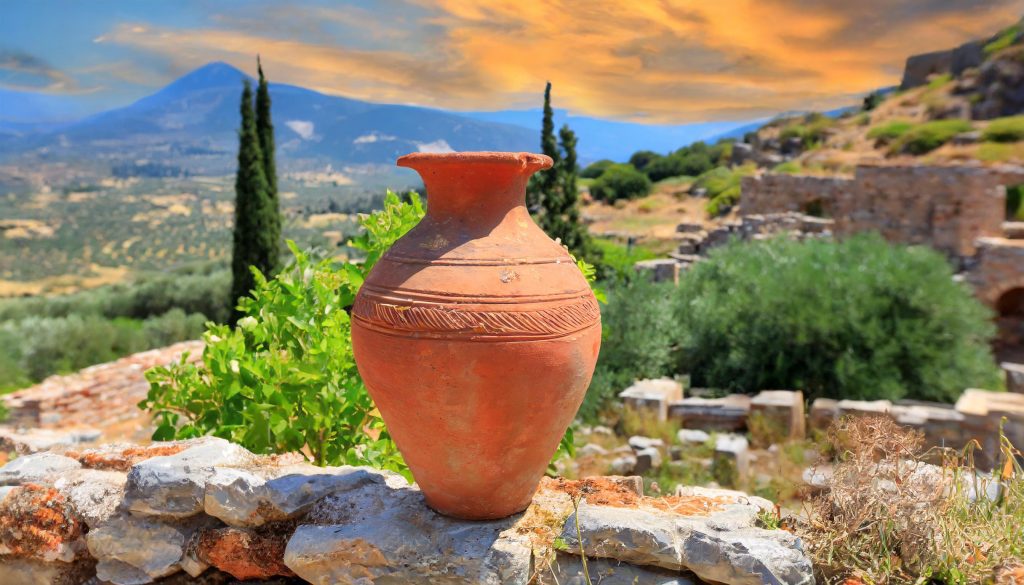
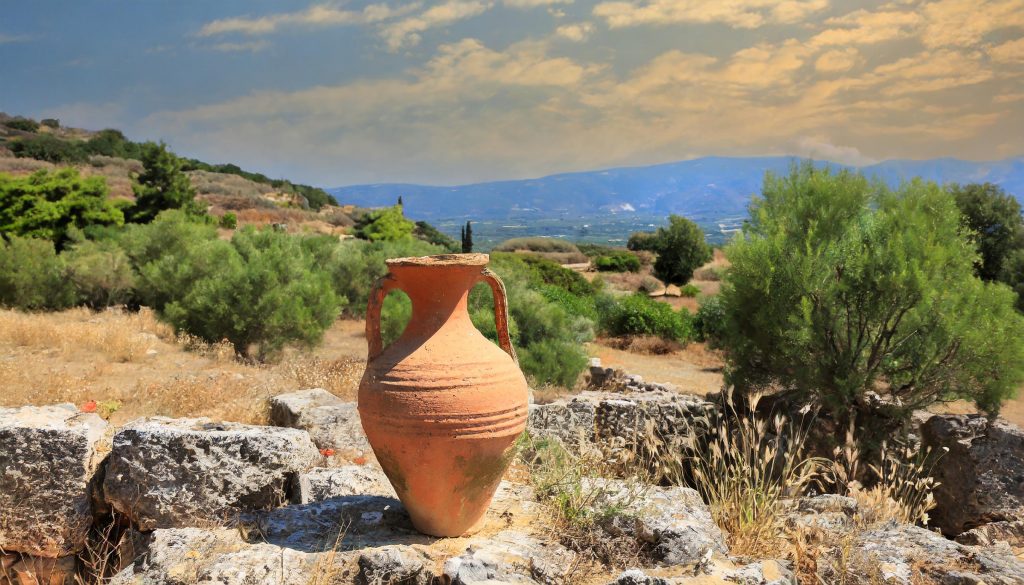

Here are some distinctive features of amphoras
- Shape and design: Amphorae often have a slender, bulbous shape with a narrow neck and two handles on the top. This design not only enabled efficient storage and transport, but also easy handling when pouring or pouring out the contents.
- Material: Traditionally, amphoras were made from clay or ceramic. The clay was shaped and then fired at high temperatures to stabilize the vessel. In some cases, metals such as bronze or lead were also used for special amphorae.
- How to use: Amphorae were primarily used to transport and store liquids, particularly wine and oil. They were often produced in large quantities in ancient times and were an important part of trade between different cultures.
- Places of manufacture: Amphoras were made in various regions of the ancient world, including Greece, Rome, Egypt and ancient Mesopotamia. Each region had its own styles and designs, often linked to the cultural context and craftsmanship of the locals.
- Archaeological significance: Because of their distribution and use, amphoras are important archaeological finds. They were often found in shipwrecks and offer valuable insights into the trade, craftsmanship and everyday culture of bygone times.
Today, amphoras are not only historical artifacts but also serve as inspiration for art and design. In some regions they are even used to make wine and olive oil in a traditional way, providing a link to ancient tradition.
Type of images: AI generated
Technology used: Adobe Firefly
Picture series(s): amphorae

Passionate "phone clipper". Currently with mine Samsung Galaxy S22 Ultra. A great phone with XNUMX TB of storage. Lots of space for experiments. My favorite subjects are plants, Eat & drink, animals, Buildings and Landscapes.
Otherwise, I like to spend my time in nature and sometimes hang out on the PC, with a cozy round Civ or Star Citizen, away. A series is also often sought after on the couch in the evening.

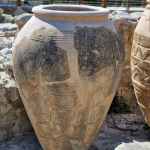
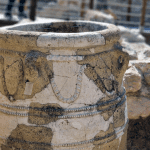
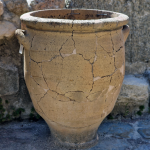
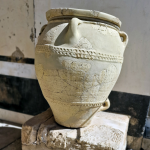
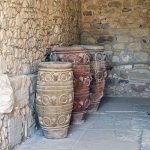
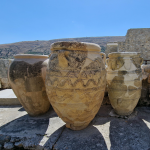











![Tutkit.com - Tutorials, assets and templates in a single e-learning platform [Advertisement]](https://www.kohli.blog/wp-content/uploads/2022/02/wp_image-_align___center__id__7704_sizeSlug___large__linkDestination___none_-_-_div-class_wp-block-image___figure-class_aligncenter-size-large___img-src_https___www.kohli_.blog_wp-content_uploads_2022-150x150.png)


